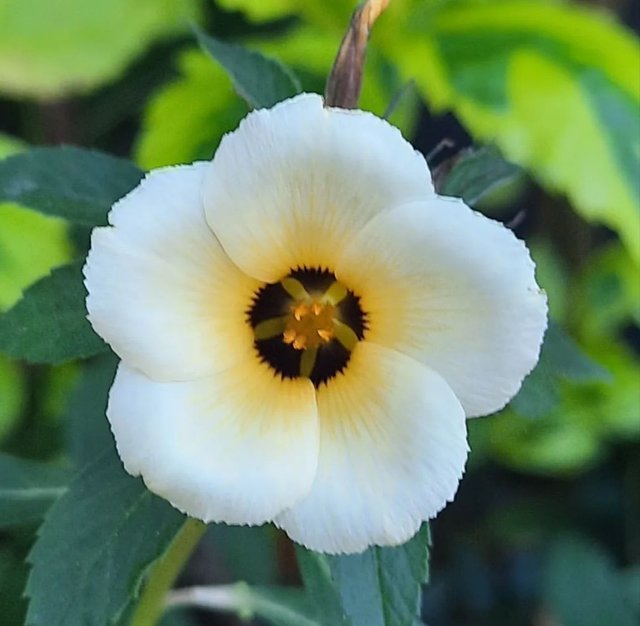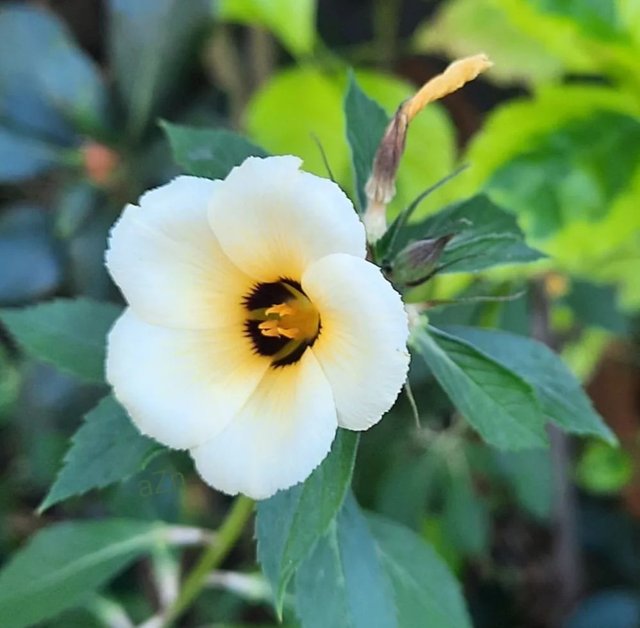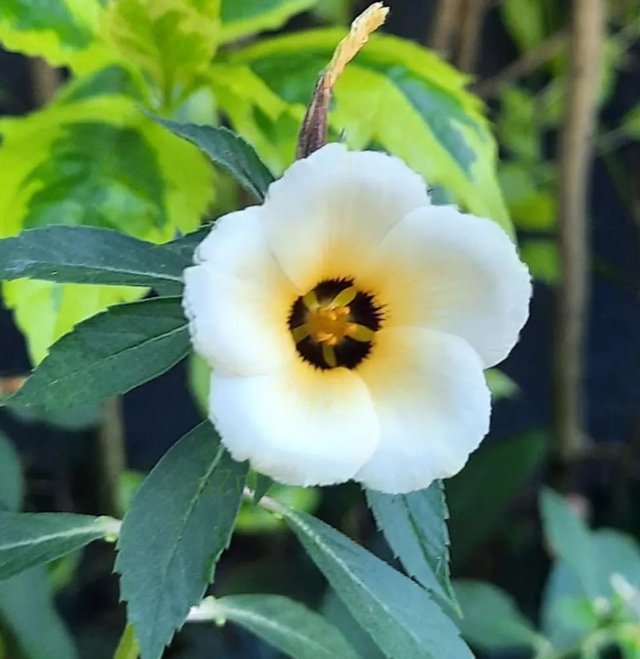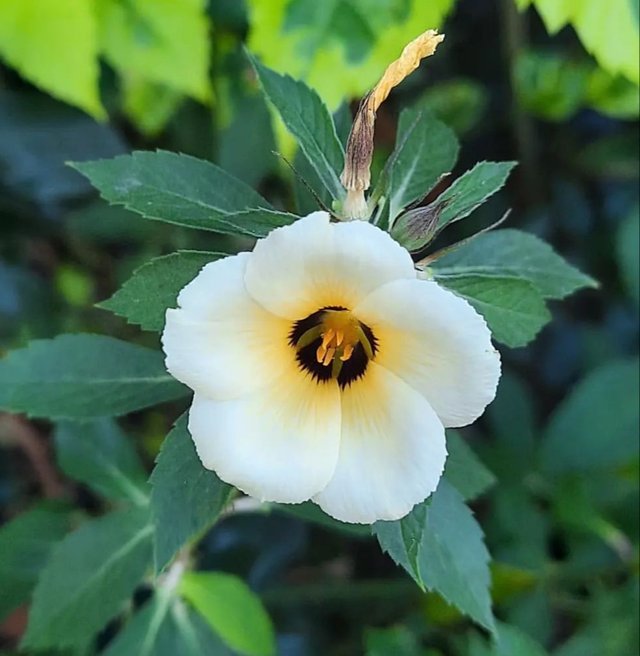Ipomoea Corymbosa Flower So Beautiful
Ipomoea corymbosa: A Comprehensive Overview
Introduction
Ipomoea corymbosa, commonly known as "Ololiuqui" or "Christmas Vine," is a fascinating plant belonging to the Convolvulaceae family. Native to tropical regions of the Americas, it holds significant cultural, medicinal, and ecological importance. This post delves into its botanical characteristics, historical significance, traditional uses, chemical properties, and modern-day relevance.
Botanical Description
Ipomoea corymbosa is a perennial climbing vine known for its rapid growth and twining habit. The plant features heart-shaped leaves and produces clusters of small, white or pale blue funnel-shaped flowers. These flowers give way to small, round seeds, which are of particular interest due to their psychoactive properties.
Leaves: Heart-shaped, dark green, and typically 4-8 cm in length.
Flowers: Funnel-shaped, approximately 2-3 cm in diameter, often white or pale blue.
Seeds: Small, round, and brownish-black, contained within a spherical capsule.
Historical Significance and Traditional Uses
Ipomoea corymbosa has a long history of use among indigenous peoples of Mexico and Central America, particularly the Aztecs and the Zapotecs. Known as "Ololiuqui" by the Aztecs, the seeds were used in religious and divinatory rituals. These cultures believed that consuming the seeds could induce visions and allow communication with deities.
Ritualistic Uses
Divination: The seeds were used by shamans and priests to gain insights and guidance from the spiritual realm.
Healing Ceremonies: Employed in various traditional healing practices to diagnose and treat illnesses by accessing supernatural knowledge.
Religious Practices: Integral to many ceremonies, the seeds facilitated a deeper connection with gods and spirits.
Chemical Properties
The seeds of Ipomoea corymbosa contain several psychoactive compounds, most notably lysergic acid amide, which is chemically similar to LSD. LSA is an ergot alkaloid that can induce altered states of consciousness, including visual and auditory hallucinations.
Lysergic Acid Amide: Primary psychoactive compound responsible for the seeds' hallucinogenic effects.Ergine and Isoergine: Other alkaloids present in smaller quantities, contributing to the overall psychoactive profile.




